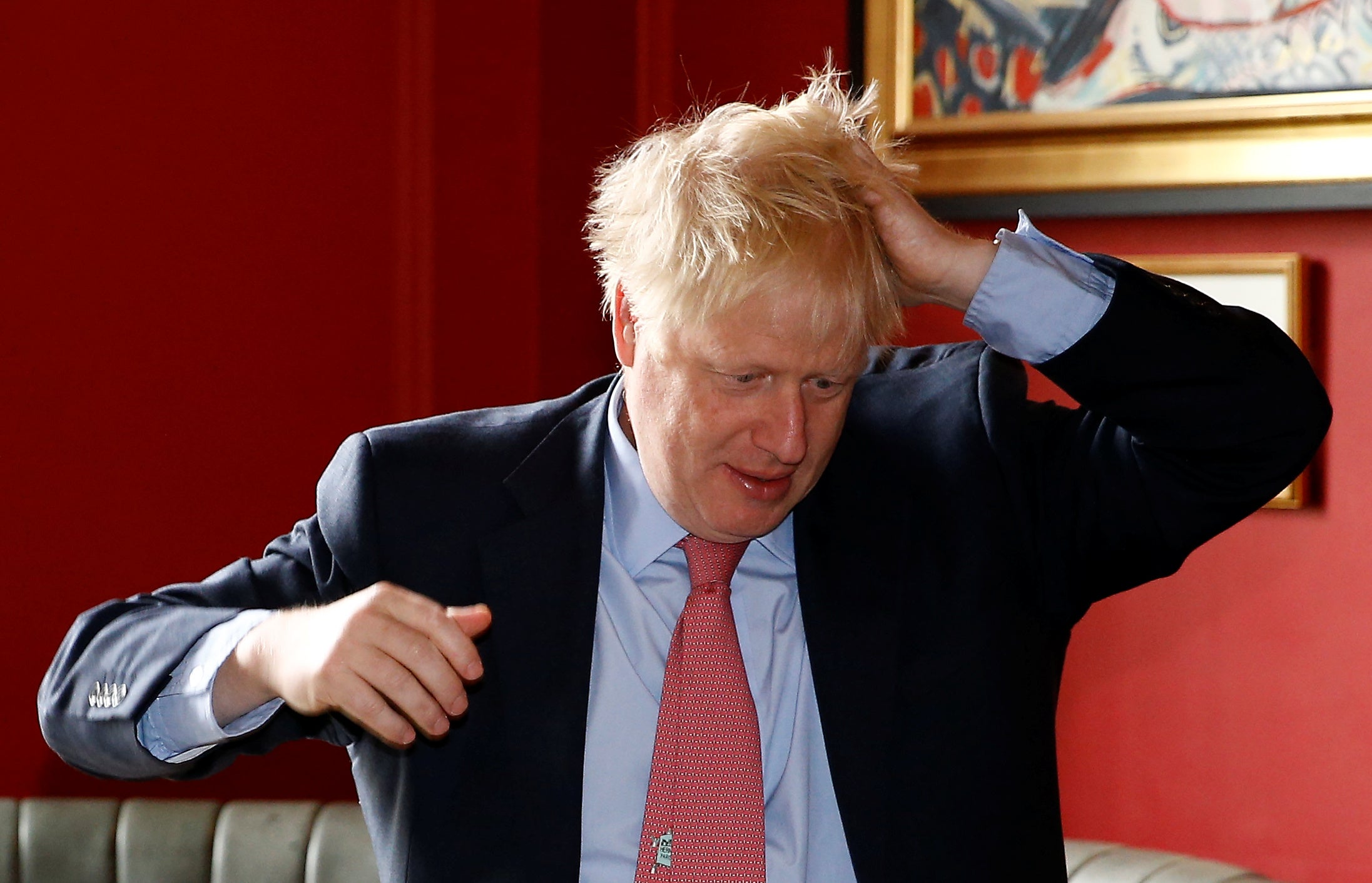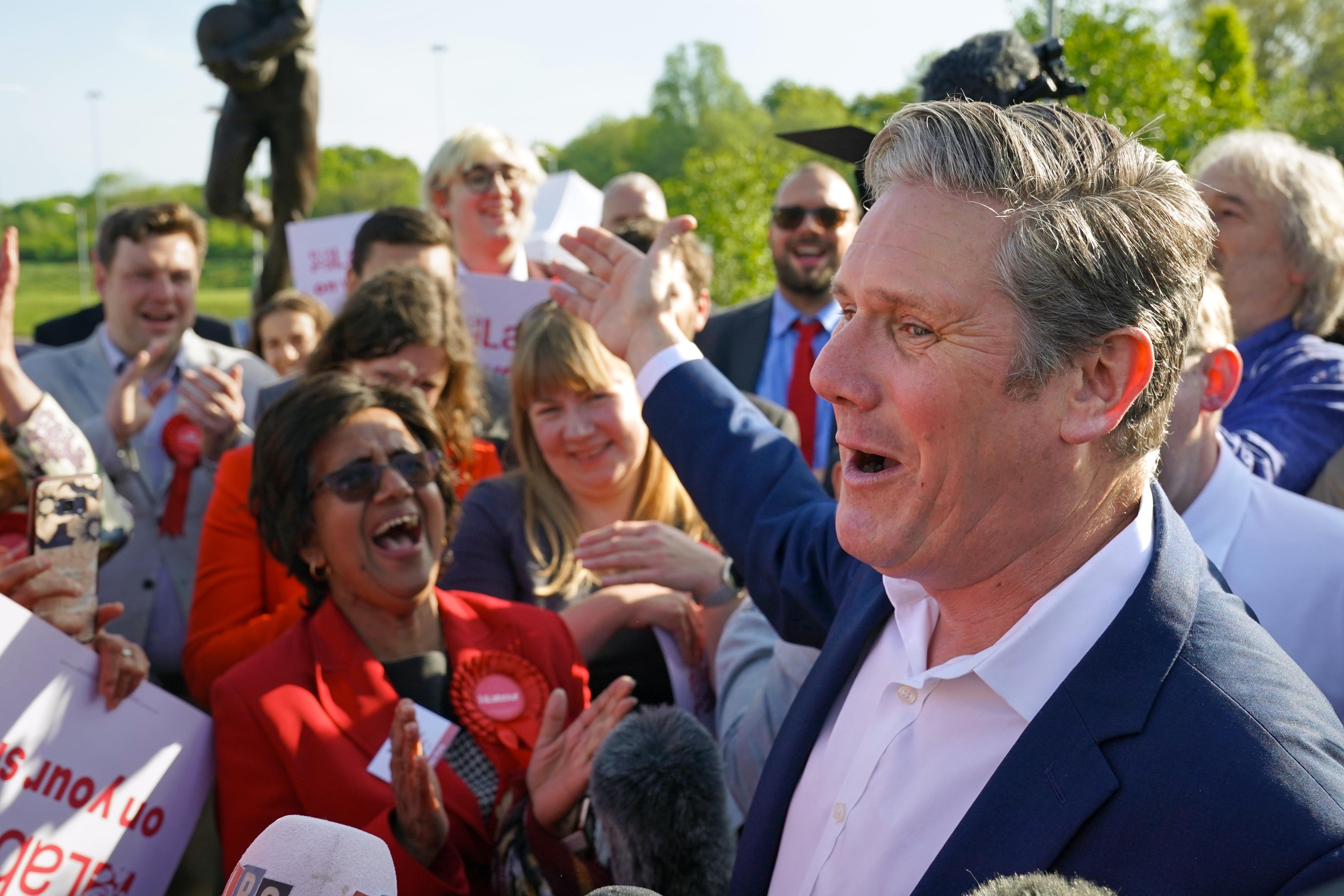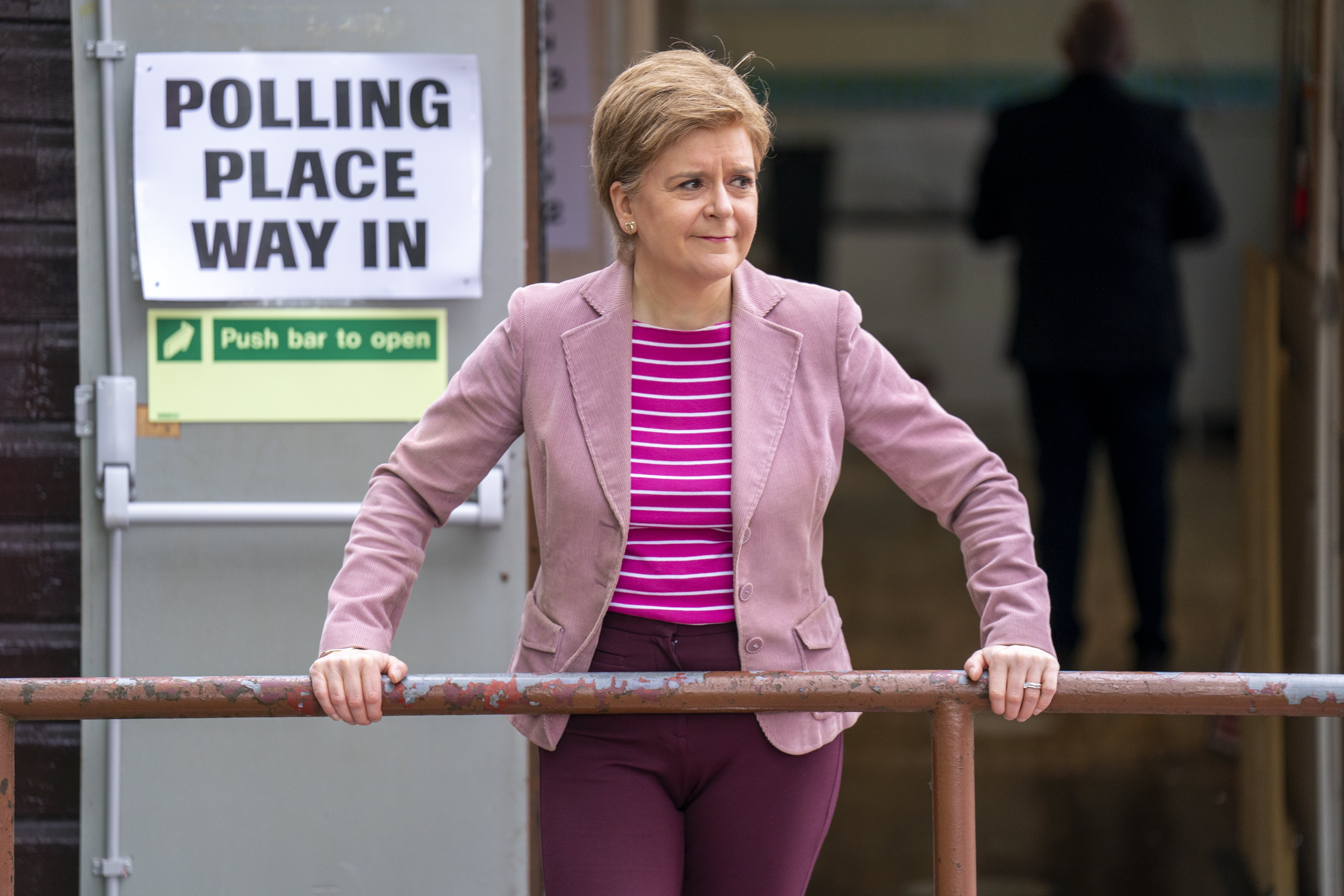But what does it all mean? Eight lessons learned from key local elections
At the start of the week, The Independent identified a series of crucial battlegrounds. Here’s what happened and what they might tell us about a future general election

Your support helps us to tell the story
From reproductive rights to climate change to Big Tech, The Independent is on the ground when the story is developing. Whether it's investigating the financials of Elon Musk's pro-Trump PAC or producing our latest documentary, 'The A Word', which shines a light on the American women fighting for reproductive rights, we know how important it is to parse out the facts from the messaging.
At such a critical moment in US history, we need reporters on the ground. Your donation allows us to keep sending journalists to speak to both sides of the story.
The Independent is trusted by Americans across the entire political spectrum. And unlike many other quality news outlets, we choose not to lock Americans out of our reporting and analysis with paywalls. We believe quality journalism should be available to everyone, paid for by those who can afford it.
Your support makes all the difference.After the vote and the count, the eternal existential question: what does it all mean anyway?
Commentators have spent the last 36 hours wrestling with local election results that have, somehow, been a disaster for Boris Johnson without being much good for Sir Keir Starmer either.
The facts are simple enough. The Tories lost almost 500 councillors, while Labour and the Lib Dems both made big gains: 261 and 189 respectively. The Greens won 82 and the Scottish National Party 61.
Yet what exactly this tells us about the state of British public opinion – and how a general election might go – remains as contested as the campaigning itself.
In the run up to voting day on Thursday, The Independent identified eight key council areas that may offer key clues to the direction of politics over the next two years. Now, we look at the results in those places and the lessons they (possibly) offer…
Derby City Council
When commentators suggest that Labour endured a difficult election despite picking up some 261 council seats, it is places like Derby they are thinking of.
The city authority is historically red but has been led by a minority Tory administration since 2018 – a shift that preceded the fall of the Red Wall at the following year’s general election.
If Labour is to triumph the next time the country goes to the polls, it is exactly such Midlands (and Northern) cities and towns they need to win back. Yet, despite picking up two seats in Derby on Thursday, they remain behind the Tories here with just 16 councillors compared to the blues’ 18.
In a swathe of other former heartland areas – including Bolton, Dudley and Walsall – the same thing happened. Modest gains were overshadowed by the fact the Tories remained the larget party. In several areas, Labour lost seats: Newcastle-under-Lyme, Barnsley and South Shields among them.
The conclusion? It may be some time yet before the Red Wall reverts back to Labour.

Wandsworth Borough Council
Labour’s victory in Margaret Thatcher’s favourite council – as well as in Westminster – grabbed many of the early headlines on Friday morning.
Snatching the flagship London authorities from Tory rule is not only a symbolic triumph but adds to a sense that the capital is increasingly a red fortress. Mayor Sadiq Khan called it “historic”.
Yet, while this will be a massive blow to Tory pride – and proof surely that Boris Johnson is costing the party votes – it is beyond the capital that general elections are won and lost.
Indeed, some northern Labour councillors are privately worried that such success in London – and also in Scotland – may obscure just how much work the party still needs to do to win a future national poll.
Bury Council
Undoubtedly decent news for Labour here: it not only maintained its traditional majority in this Greater Manchester town but also stemmed the loss of council seats it has suffered in recent years. Indeed, it made a gain of one.
The success will have been especially welcome because the borough is home to England’s largest Jewish community outside of London. Under Jeremy Corbyn, the party had leaked support here. The fact that has been reversed will be considered a sign that Sir Keir Starmer’s drive to rid the party of anti-semetic elements is winning back support.
Yet the biggest story here may have been the stunning success of the hyper local Radcliffe First party. They gained five councillors meaning they now control eight of the available nine seats in the three wards that cover the small market town of Radcliffe.
That may seemingly be of little consequence to the rest of the UK but it is perhaps indicitive of a trend that only looks set to grow in coming yeras: that well-organised, independent neighbourhood parties are on the rise and could well disrupt the maths of future elections.
Cumberland Council
Forget Wandsworth and Westminster, Cumberland is – somewhat on the quiet – arguably Labour’s greatest triumph this week.
The all-new northern super-unitary authority looked to be tight as a drum with locals predicting a potential three way split between red, blue and others.
Yet Sir Keir Starmer’s party triumphed in style taking 30 of the available 46 seats. The fact that the area covered by the new authority is served by three Conservative MPs only makes this a greater Tory humiliation.
Yet the red celebrations should probably be tempered.
Of the four new councils created this year, this was the only one Labour won. Westmorland & Furness and Somerset were both claimed by the Liberal Democrats – two stunning victories that suggest the party is finally recovering from support lost during its coalition years – and North Yorkshire was comfortably claimed by the Tories.
Sunderland City Council
Losing seats in Sunderland wouldn’t generally be considered a disaster for the Tories. This northeast city is as red as red wall gets. The council here has never been anything other than Labour since it was established in 1974.
Yet, under a relatively new 30-year-old local leader, the Conservatives had spent the last month telling anyone who’d listen – includingthe Independent – that they fancied their chances of winning a handful of seats and denying Labour their historic control.
In the end, such predictions came to nothing. Labour lost a seat, the Tories lost a seat, and Lib Dems gained two. The maths stayed pretty much the same. Labour retained their majority.
It suggests that when a general election comes, Sunderland will probably do what it’s always done: vote red.

Worcester City Council
In many ways, this was the Green Party’s election. Nationally, they added 81 new council seats, smashing their target of finishing the week with 500 members in local government. Notable triumphs came in South Shields (three gains), Oxford (three) and Cumberland (two).
But two new councillors in Worcester - formerly Tory - will be especially celebrated by the party.
In this 35-member authority, the Tories now have 15 seats and Labour 12, with the Greens on six. That means they have effectively become kingmakers – and will almost certainly become the junior member of an all-new coalition.
This is no small deal. Party bosses reckon that the more the Greens can prove they get things done when in power, the more people will vote for them – in both local and general elections.
As yet, that may not quite translate into more MPs but the day is now surely coming when Caroline Lucas will no loner be the party’s sole parliamentarian.
Glasgow City Council
Labour will almost certainly remain out of power in Glasgow – a city which, until 2017, the party had always ruled with an iron grip – but this was, nonetheless, a good night for reds here.
By gaining five seats, the party prevented the SNP from both growing its council numbers in Scotland’s biggest city or claiming a majority. It means an SNP-Green coalition appears likely here..
In terms of calls for independence, the result probably makes no difference, although the fact Nicola Sturgeon’s party won 22 new seats across the country will add to the demand for a new referendum.
But the result – and Labour’s wider victories in Scotland – suggests Anas Sarwar may be leading his party back to some sort of recovery in its old north-of-the-border heartlands.
Worthing Borough Council
For 40 years up until a 2017 by-election, Labour did not hold a single seat on the Conservative-dominated Worthing Borough Council. Today, the party is in charge of it.
While that’s quite some turn-around, demographic shift – rather than a political revolution – probably accounts for the switch. People moving to the south coast town from London and Brighton have been changing its make-up for years. A long bin strike had also caused considerable anger with the Conservative-run administration.
All the same, the fact Labour won six seats on Thursday while the Tories lost five will be seen as a damning indictment of Boris Johnson’s premiership from a coastal area that was once as blue as could be.
The shift red-ward – like that in Southampton and, to a lesser extent, Tunbridge Wells – may pose the ultimate question at the heart of the next general election: can the Tories maintain their southern stomping grounds while appealing to voters in the old red wall as they did in 2019? Or is that alliance already fracturing?
Join our commenting forum
Join thought-provoking conversations, follow other Independent readers and see their replies
Comments